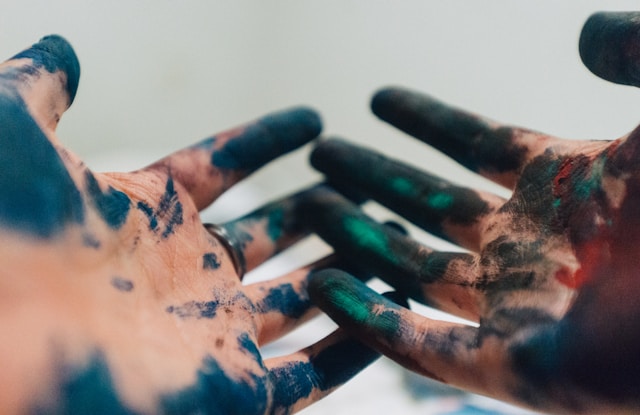Expanding Access and Inclusivity
2024-07-18 | Art | No Comments

Digital art and technology have significantly expanded access to art creation and appreciation. Traditional barriers to entry, such as the high cost of materials and the need for physical studio space, are mitigated by digital tools that are often more affordable and versatile. This democratization of art creation allows a broader range of people, including those from diverse socio-economic backgrounds, to participate in the art world.
Moreover, digital platforms provide unprecedented access to art for audiences who might not have the means or opportunity to visit physical galleries. Virtual exhibitions, online galleries, and digital marketplaces make it possible for people to explore and purchase art from anywhere in the world. This inclusivity helps to build a more diverse and global audience for Canadian art.
Innovative Artistic Techniques
The integration of technology into art has led to the development of innovative artistic techniques that were previously impossible. For instance, digital painting and illustration software offer tools and effects that can replicate and even surpass traditional media. Artists can experiment with different styles and techniques without the constraints of physical materials.
Additionally, 3D modeling and printing have opened new avenues for sculpture and installation art. Artists can design complex structures digitally and then bring them to life through 3D printing. This technology allows for precision and creativity, enabling artists to explore new forms and concepts.
Interactive and Immersive Experiences
One of the most exciting aspects of digital art is its potential for interactivity and immersion. Interactive installations, where the viewer’s actions influence the artwork, create a dynamic relationship between the art and its audience. This engagement can lead to a more profound and personal experience of the art.
Virtual reality (VR) and augmented reality (AR) further enhance this interactivity. VR allows viewers to enter and explore fully realized virtual environments, while AR can overlay digital elements onto the physical world, creating a blended reality. These technologies can transform traditional exhibitions into immersive experiences that captivate and engage audiences in new ways.
Environmental Considerations
Digital art also offers environmental benefits. Traditional art production can be resource-intensive, involving materials that may not be sustainable or eco-friendly. Digital art, on the other hand, reduces the need for physical materials and can minimize waste. Artists can create and distribute their work entirely online, reducing the carbon footprint associated with shipping and physical galleries.
Furthermore, digital platforms can host virtual exhibitions and events, eliminating the need for travel and large-scale physical setups. This shift not only reduces environmental impact but also makes art events more accessible to a global audience.
The Role of Social Media
Social media has become an indispensable tool for artists to showcase their work, connect with audiences, and build their brand. Platforms like Instagram, Facebook, and Twitter allow artists to share their creative process, engage with followers, and reach potential buyers directly. The visual nature of these platforms is particularly suited to displaying art, enabling artists to gain visibility and recognition.
Crowdfunding platforms like Kickstarter and Patreon also provide new ways for artists to fund their projects and receive support from their community. This financial independence allows artists to pursue their creative vision without relying solely on traditional funding sources.
Challenges in the Digital Art Landscape
Despite its many advantages, the digital art landscape also presents challenges. One significant issue is the question of digital copyright and the protection of intellectual property. The ease of copying and distributing digital art can make it difficult for artists to control the use of their work and ensure they receive proper credit and compensation.
Additionally, the rapid pace of technological change requires artists to continuously learn and adapt to new tools and platforms. This need for ongoing education and adaptation can be demanding and may pose a barrier for some artists.
The Future of Digital Art in Canada
Looking ahead, the future of digital art in Canada is bright and full of potential. Continued advancements in technology will likely lead to even more innovative forms of art and new ways for artists to connect with audiences. The integration of AI and machine learning in art creation is an emerging field that promises to push the boundaries of creativity.
Educational institutions will play a crucial role in preparing the next generation of artists to thrive in this digital landscape. By incorporating digital art and technology into their curricula, schools can ensure that students are equipped with the skills and knowledge needed to navigate and succeed in the evolving art world.
The fusion of digital art and technology is transforming the Canadian art scene, making it more accessible, innovative, and dynamic. By embracing these tools, Canadian artists can explore new creative horizons, reach a global audience, and contribute to a vibrant and diverse cultural landscape. As technology continues to evolve, the possibilities for digital art are limitless, promising an exciting future for the art community in Canada and beyon

